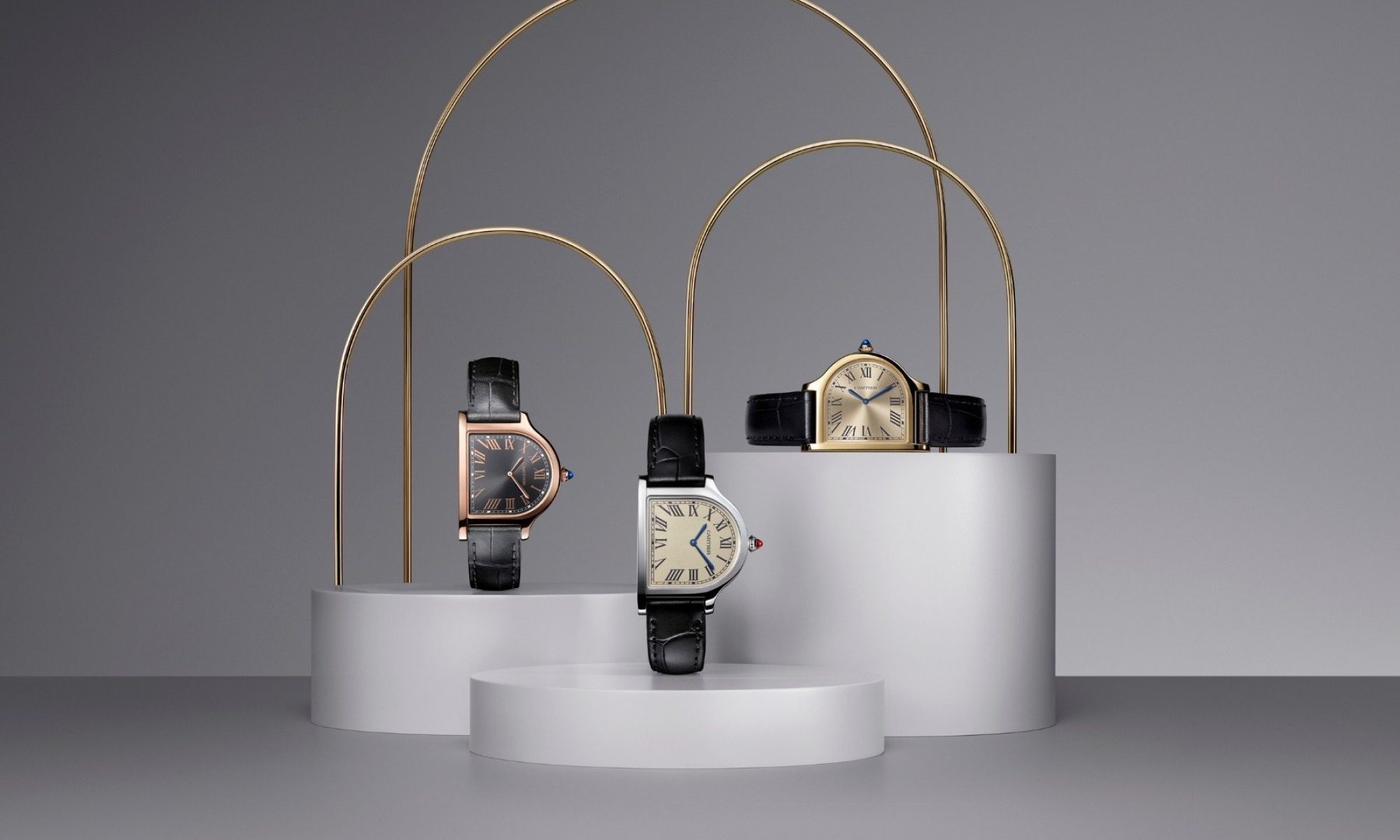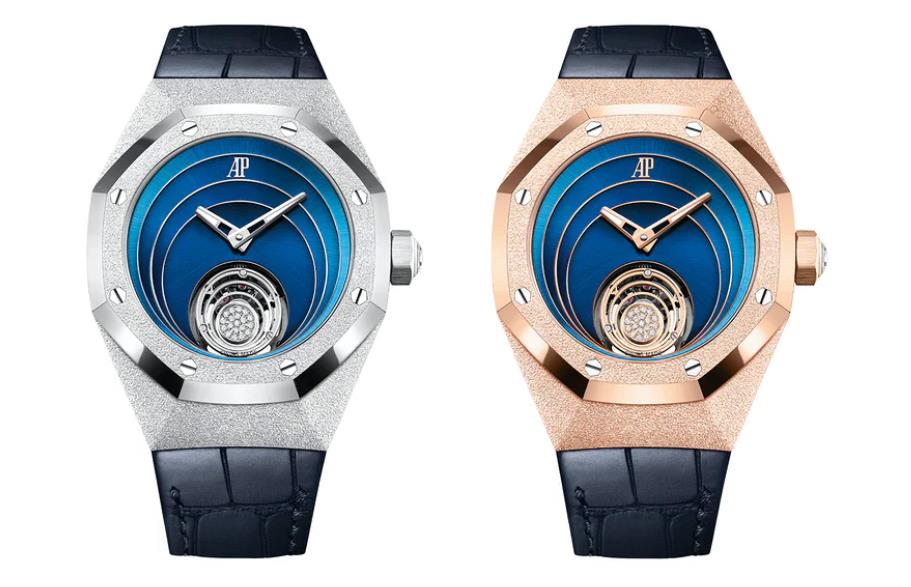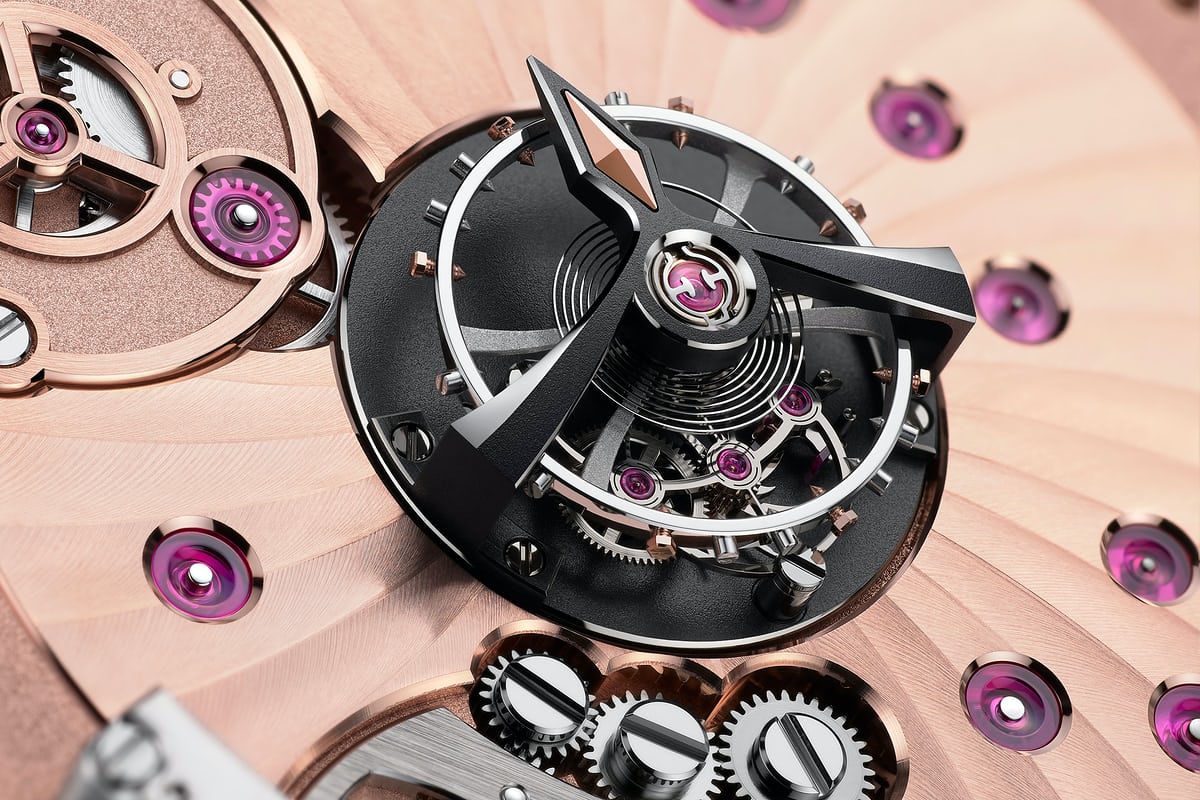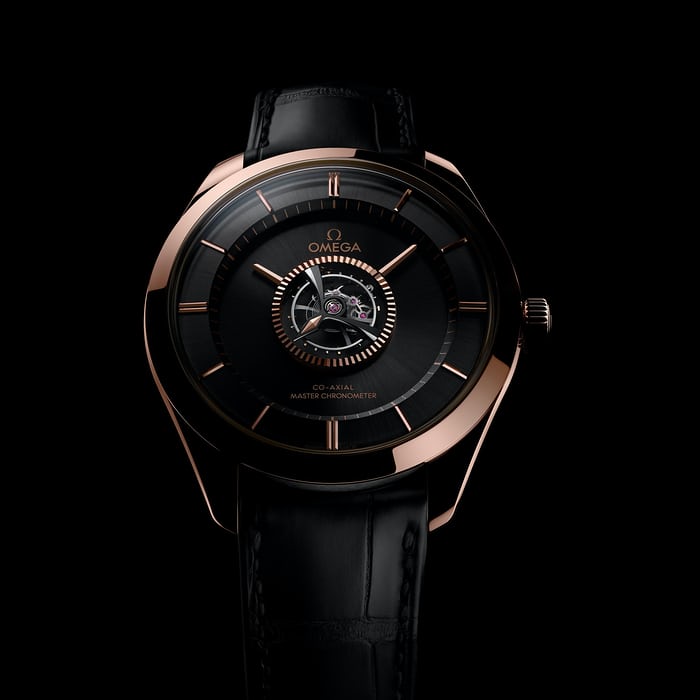Quick Take
There are few watchmakers who can go all-out like best Audemars Piguet replica can go all-out. Some brands specialize in making high complications in-house; others are known for their eye-catching dial and case designs; others yet are defined by the ways in which they push the boundaries of what modern watchmaking can be. AP can do all three, and when they bring these approaches together into a single watch, the results are astounding. The new Royal Oak Concept Frosted Gold Flying Tourbillon is just that. When I first saw a photo, I uttered an audible “whoa” at my MacBook.
The watch starts with AP’s smaller 38.5mm Concept case (which we’ve seen used here before) and gives it a totally new treatment with the frosted finish developed in collaboration with jeweler Carolina Bucci. The top of the bezel and the tops of the sculpted lugs have this distinctive finish, while the edge of the bezel is polished and the sides of the case are brushed. This mix of finishes is really striking, and I’d imagine that it gives the watch a ton of visual interest in the metal. Taking things even further is the multi-step blue dial that descends into the case, focusing your eye on the flying tourbillon at six o’clock, with its carriage made of concentric ovals and studded with a 19 brilliant-cut diamonds. You have your choice of a white-gold case or a pink-gold case, though both have the same dial and tourbillon treatment.
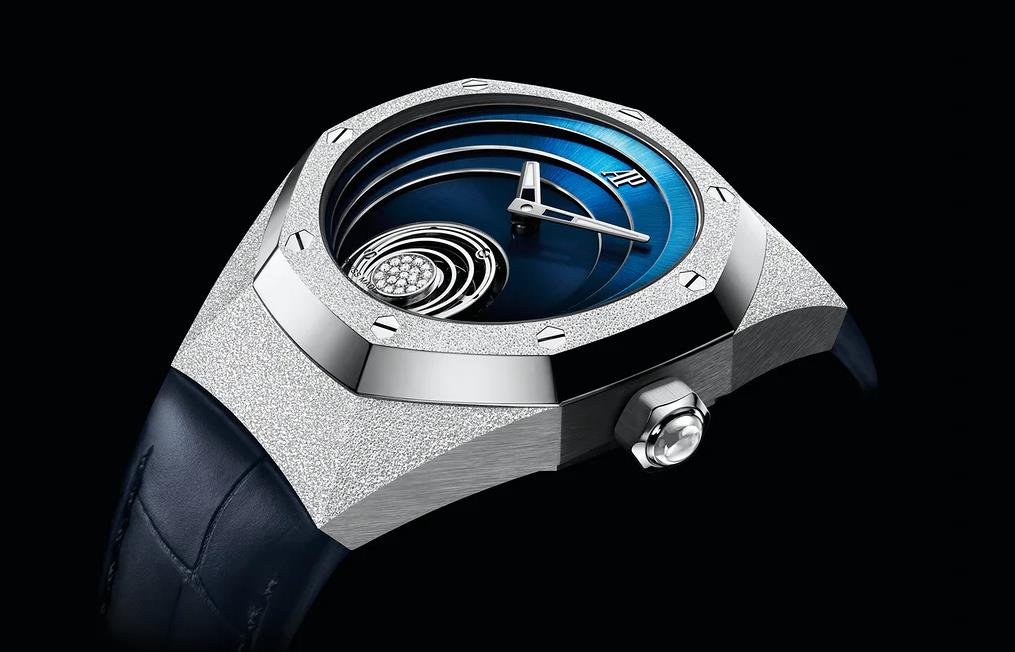
One of my favorite parts of the watch, though, is the finish on the reverse of the caliber 2964, developed with Renaud & Papi (formerly APRP and a subsidiary of AP, making the movement “in-house”). We get another echo of that concentric oval pattern from the dial and the tourbillon cage, with raised, polished rings standing out against a frosted, gunmetal-colored ground. It would be easy to be tempted by ornate, high-contrast finishing for a watch like this, but I like that AP decided to tone it down a bit and go for something a bit more subtle.
The perfect copy Royal Oak Concept Frosted Gold Flying Tourbillon is only available through Audemars Piguet’s boutiques, which is a trend we’ve seen with many of AP’s most exciting releases over the last few years. Pre-orders are open now, and the watches will start delivering this fall. This is not a limited edition; however, production will be limited, and I’d imagine this won’t be the easiest watch to score.
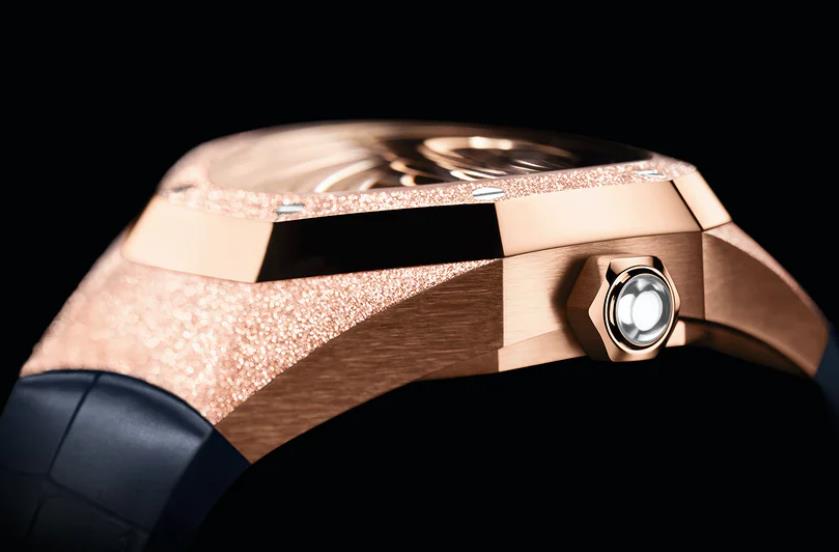
Initial Thoughts
This is not a watch for everyone. If you find the Concept case to be a little too aggressive, if you don’t like diamonds on your watches, or if that frosted gold finish bugs you, I don’t think I’m going to be able to convince you to reconsider. And that’s ok. It’s great, in fact. The purpose of the Concept watches is to give AP a place to experiment and try new things, to push their technical skills and aesthetic boundaries. Personally, I dig this watch, but I would totally understand if you rolled your eyes when you saw it.
Where I think things get really interesting is when you place this watch next to something like the [Re]master01. These are two polar opposite expressions of Audemars Piguet’s core competencies, and I think they create a nice dialog with one another about what modern watchmaking can be. If all we do is look to the past, there’s no future; if we don’t respect the past and try to draw on its best lessons, we might leave some great things behind. This is where AP, in my opinion, excels.
As far as the nuts-and-bolts of the Concept Frosted Gold Flying Tourbillon go, I don’t have too much to complain about. I could wish for a version without diamonds or a version with different hands, but that would be a totally different watch altogether. Otherwise, I’ve always liked the frosted gold finish, and I think the 38.5mm Concept case is flat-out awesome (the larger Concept watches are way too big for me, so I’m just happy there’s a Concept case I could actually enjoy). Even more than the movement finishing I mentioned above, my favorite part of this quality fake watch is that new dial. It’s tough to get a full handle on it in these press images, so stay tuned for live photos as soon as I can get myself into a boutique to see this up-close.
